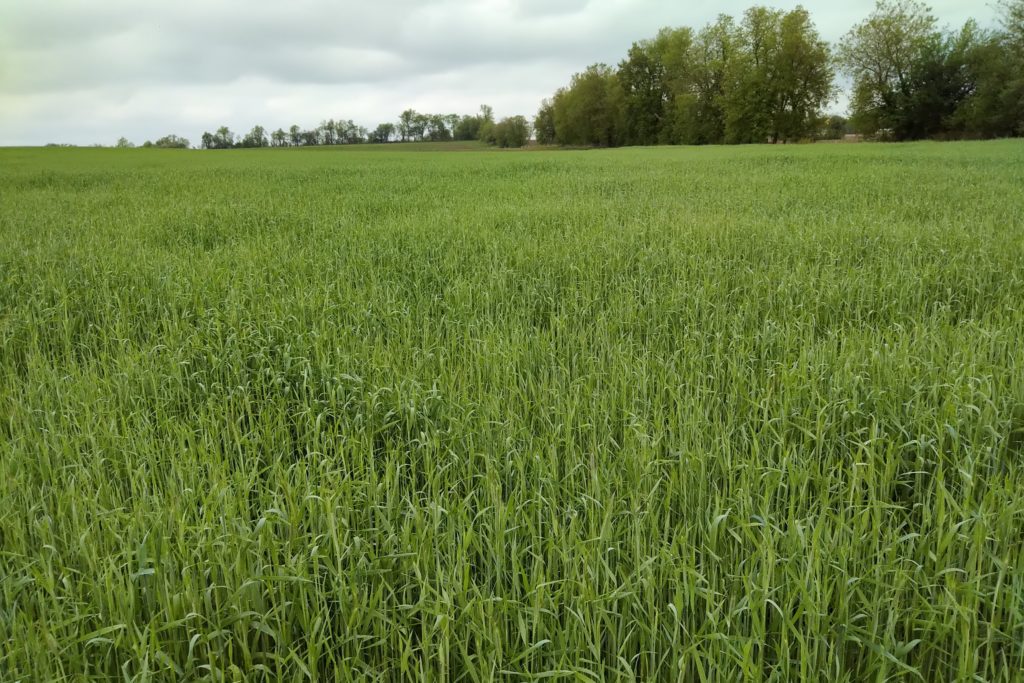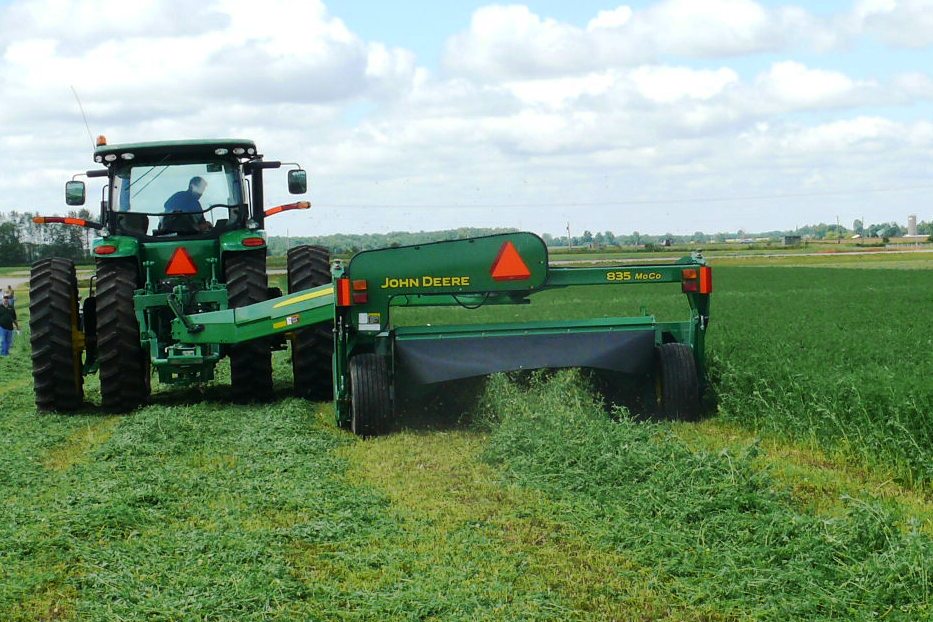Non-corn options for livestock producers to manage Bt-resistant corn rootworm
In fields where Bt rootworm corn hybrids have been used for more than three consecutive years, resistance among corn rootworm populations is suspected. Growers can no longer rely solely on Bt hybrids for protection against rootworm injury. The best management practice to reduce the resistant rootworm population is to rotate out of corn for at […]

